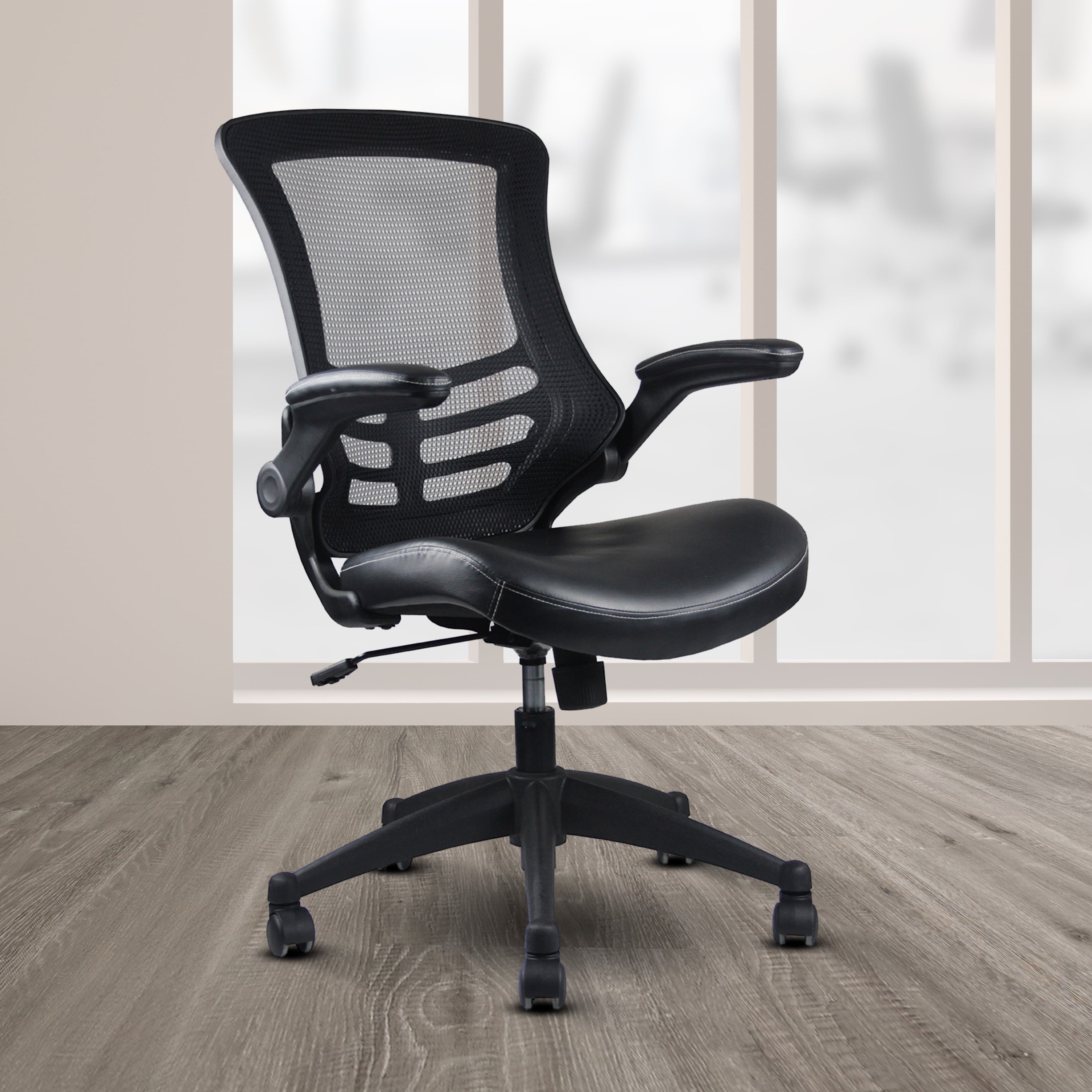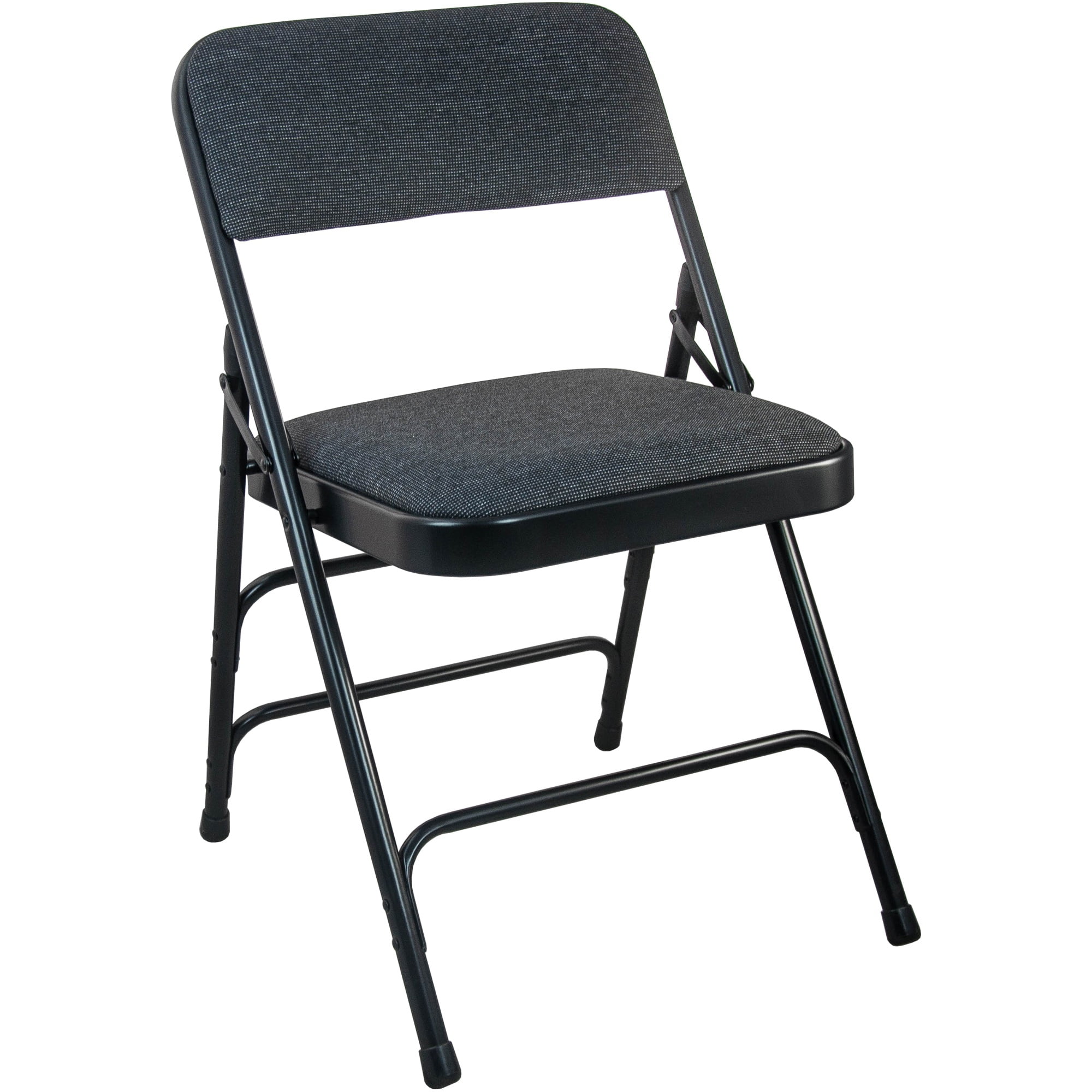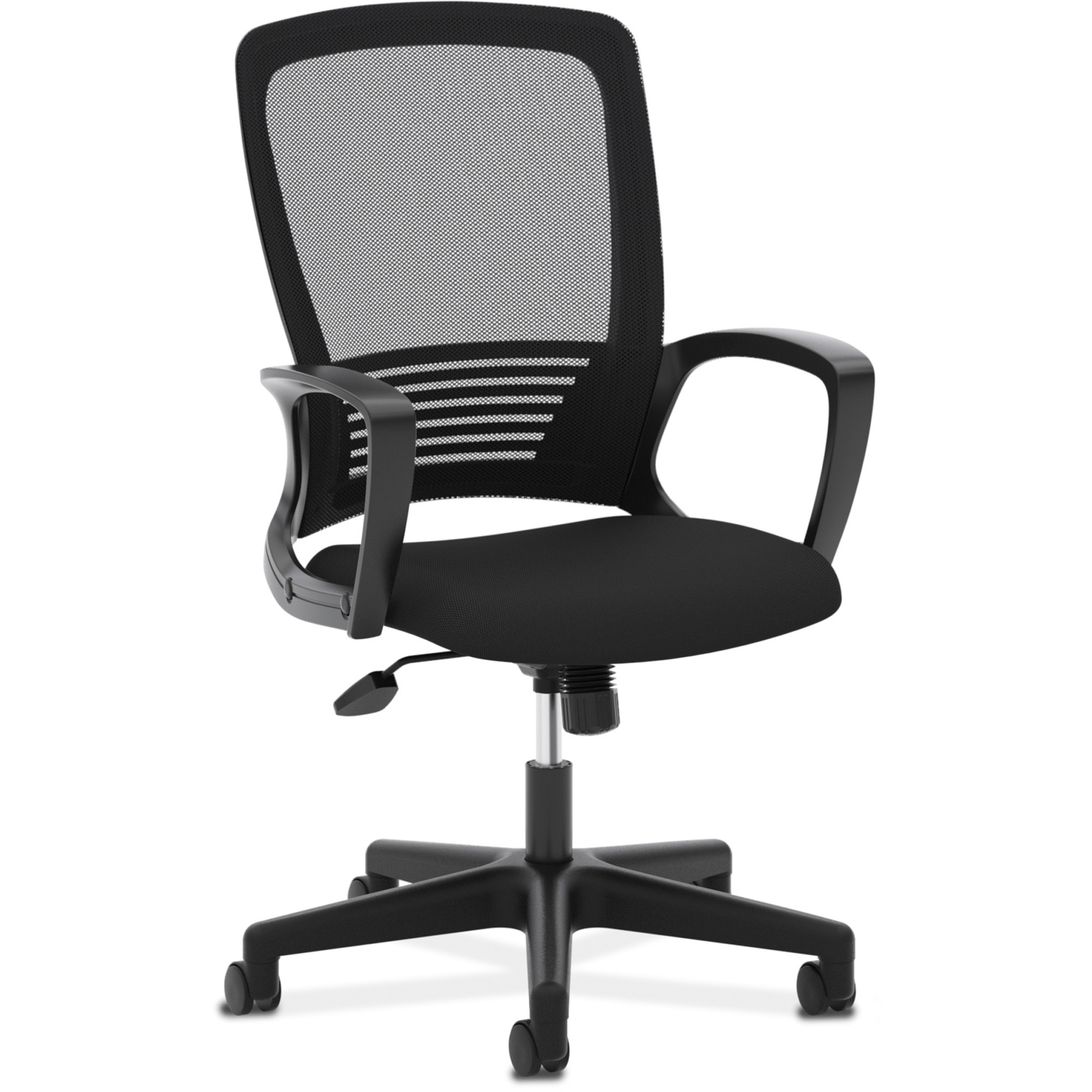Design and Style

The black fabric side chair, a versatile and timeless piece of furniture, offers a wide array of design styles to suit diverse aesthetics and preferences. From sleek and modern to classic and traditional, the choice of design can significantly influence the overall ambiance of a space.
Design Styles
The design style of a black fabric side chair can be categorized into various aesthetics, each reflecting a distinct set of design principles and visual cues.
- Modern: Characterized by clean lines, minimalist forms, and a focus on functionality. Modern black fabric side chairs often feature sleek silhouettes, upholstered in smooth fabrics like velvet or leather, with a focus on geometric shapes and a lack of ornamentation.
- Traditional: Embracing classic designs and craftsmanship, traditional black fabric side chairs often feature intricate carvings, tufted upholstery, and ornate details. They are typically made from high-quality materials like wood and leather, exuding an air of elegance and sophistication.
- Minimalist: Minimalist black fabric side chairs emphasize simplicity and functionality. They typically feature clean lines, neutral colors, and minimal ornamentation. The focus is on creating a sense of space and tranquility, with the chair itself serving as a subtle yet essential element in the room.
- Eclectic: Eclectic black fabric side chairs blend different design styles and elements, creating a unique and personalized look. They may feature a mix of textures, patterns, and colors, reflecting a diverse range of influences.
Fabric Texture and Pattern
The texture and pattern of the fabric used for a black fabric side chair play a crucial role in determining its aesthetic appeal and overall impact on the room’s ambiance.
- Velvet: Known for its luxurious feel and soft, plush texture, velvet adds a touch of opulence and sophistication to any space. Its rich sheen and subtle shimmer create a sense of elegance and drama.
- Linen: Linen is a natural fabric that is known for its durability, breathability, and textured appearance. It offers a casual and relaxed feel, making it suitable for both modern and traditional settings.
- Cotton: Cotton is a versatile and affordable fabric that comes in a wide range of textures and patterns. It is comfortable, easy to care for, and can be used to create a variety of looks, from casual to formal.
- Leather: Leather is a durable and luxurious material that adds a touch of sophistication and timeless elegance to any space. It is available in a wide range of finishes, from smooth and polished to distressed and rustic.
Chair Silhouette and Frame
The silhouette and frame of a black fabric side chair contribute significantly to its style and visual appeal.
- Silhouette: The overall shape of the chair, including its back, seat, and legs, determines its visual impact. A sleek and modern silhouette might feature a low back and slender legs, while a traditional chair may have a high back and ornate carvings.
- Frame: The frame of the chair, which provides its structural support, can be made from a variety of materials, including wood, metal, and plastic. The choice of frame material can influence the chair’s style, durability, and overall aesthetic. For example, a wooden frame may lend a classic and traditional feel, while a metal frame can create a more modern and industrial look.
Functionality and Comfort: Black Fabric Side Chair

A black fabric side chair, beyond its aesthetic appeal, embodies a harmonious blend of functionality and comfort. The chair’s design, carefully crafted to provide an inviting and supportive seating experience, reflects the intricate relationship between form and function.
Seat Height, Depth, and Back Support
The chair’s seat height, depth, and back support play a pivotal role in determining its overall comfort and ergonomic suitability. A well-designed chair should accommodate the user’s body proportions, promoting good posture and reducing strain on the spine, hips, and legs.
- Seat Height: An ideal seat height allows the user’s feet to rest comfortably on the floor, with their thighs parallel to the floor. This position minimizes pressure on the thighs and promotes proper blood circulation. A seat height that is too high can strain the back and legs, while a seat that is too low can cause discomfort in the knees and ankles.
- Seat Depth: The seat depth should provide adequate support for the thighs without causing pressure on the back of the knees. A deep seat can lead to slouching and discomfort, while a shallow seat may not offer sufficient support. The optimal depth allows for a small gap between the back of the knees and the front edge of the seat, ensuring comfortable seating for extended periods.
- Back Support: A well-designed back support provides proper lumbar support, reducing strain on the lower back and promoting a neutral spine posture. The backrest should conform to the natural curves of the spine, offering a comfortable and supportive embrace. Adequate back support is particularly important for chairs intended for extended use, such as office chairs or dining chairs.
Armrests
Armrests enhance the comfort and functionality of a chair by providing support for the arms and elbows, reducing strain on the shoulders and neck. They can also contribute to the overall aesthetic appeal of the chair.
- Comfort: Armrests offer a resting place for the arms, reducing fatigue and promoting a more relaxed posture. They can be particularly beneficial for tasks that involve prolonged periods of sitting, such as reading or working on a computer. The height and width of the armrests should be carefully considered to ensure optimal comfort and support.
- Functionality: Armrests can enhance the chair’s functionality by providing a stable platform for the arms, facilitating tasks such as reading, writing, or using a laptop. They can also provide a sense of security and stability, particularly for older individuals or those with mobility challenges.
Chair Bases
The chair base plays a crucial role in determining its stability, mobility, and overall functionality. Different types of chair bases are designed to suit specific needs and purposes.
- Legs: A traditional chair base with four legs provides a stable and sturdy foundation. Legs can be made from various materials, including wood, metal, or plastic. This type of base is commonly found in dining chairs, living room chairs, and side chairs.
- Swivel Bases: Swivel bases allow the chair to rotate 360 degrees, providing greater flexibility and ease of movement. They are often used in office chairs, allowing users to easily turn and reach different areas of their workspace. Swivel bases can be made from various materials, including metal, plastic, or wood.
- Castors: Castors are wheels that are attached to the base of the chair, providing mobility and ease of movement. Castors are commonly found in office chairs, allowing users to easily move around their workspace. They can also be used in other types of chairs, such as dining chairs, to facilitate moving the chair without lifting it.
Suitability for Different Uses
The suitability of a black fabric side chair for different uses depends on its specific design features, including its height, depth, back support, and base.
- Dining Chairs: Dining chairs should have a comfortable seat height that allows for proper posture at the dining table. A back support that provides adequate lumbar support is also essential.
- Living Room Chairs: Living room chairs should be comfortable and inviting, offering a place to relax and unwind. They may have features such as armrests, cushions, or a reclining mechanism.
- Office Chairs: Office chairs should be designed for ergonomic comfort, providing proper back support, adjustable seat height, and a swivel base. They may also have features such as adjustable armrests and lumbar support.
Materials and Construction

The materials and construction techniques employed in a black fabric side chair play a crucial role in determining its durability, comfort, and aesthetic appeal. Understanding the properties of different fabrics, frame materials, and construction methods allows you to make informed choices when selecting a side chair that meets your specific needs and preferences.
Fabric Durability and Longevity
The fabric chosen for a side chair significantly impacts its longevity and overall appearance. Different fabric types exhibit varying levels of durability, stain resistance, and ease of maintenance.
- Natural Fabrics: Natural fabrics, such as cotton, linen, and wool, offer breathability and a soft, comfortable feel. However, they are prone to wrinkles, fading, and shrinkage. Cotton is generally the most affordable and widely available, while linen is known for its durability and breathability. Wool is highly durable and naturally fire-resistant, making it a good choice for high-traffic areas.
- Synthetic Fabrics: Synthetic fabrics, including polyester, nylon, and acrylic, are generally more durable and stain-resistant than natural fabrics. They are also easier to care for, often requiring less frequent washing. Polyester is known for its strength and wrinkle resistance, while nylon is particularly durable and water-resistant. Acrylic is a good choice for outdoor furniture due to its fade resistance and weatherproof qualities.
- Blends: Blending natural and synthetic fibers can combine the best qualities of each type. For example, a cotton-linen blend offers the softness of cotton with the durability of linen. Similarly, a wool-polyester blend provides the warmth and durability of wool with the wrinkle resistance of polyester.
Frame Materials
The frame of a side chair provides structural support and determines its overall stability and longevity. Common frame materials include wood, metal, and plastic, each offering distinct advantages and disadvantages.
- Wood: Wood frames are known for their natural beauty, durability, and warmth. Hardwood species, such as oak, maple, and walnut, are particularly strong and resistant to scratches and dents. Softwood species, such as pine and fir, are more affordable but less durable. Wood frames are often stained or painted to enhance their appearance and protect them from moisture and wear.
- Metal: Metal frames are typically made from steel, aluminum, or iron. They are known for their strength, durability, and lightweight qualities. Steel is the most common and affordable metal used for furniture frames, while aluminum is lighter and more resistant to corrosion. Metal frames are often powder-coated or painted to prevent rust and enhance their appearance.
- Plastic: Plastic frames are becoming increasingly popular due to their affordability, lightweight nature, and ease of maintenance. However, plastic frames are generally less durable than wood or metal frames and may be susceptible to scratches and dents.
Craftsmanship and Construction Techniques
The quality of craftsmanship and construction techniques employed in a side chair significantly impact its stability, durability, and overall longevity.
“Proper construction involves using high-quality materials, sturdy joints, and robust assembly techniques. The use of dovetail joints, mortise and tenon joints, and other traditional joinery methods ensures a strong and durable frame.”
- Joints: The joints used to connect the different parts of a chair frame play a crucial role in its stability. Strong joints, such as dovetail joints, mortise and tenon joints, and dowel joints, provide greater strength and durability compared to weaker joints, such as glue joints or staples.
- Assembly: The assembly process should be meticulous and precise to ensure that the chair is properly aligned and balanced. Poorly assembled chairs may wobble or become unstable over time.
Upholstery Techniques and Padding, Black fabric side chair
Upholstery techniques and padding play a vital role in enhancing the comfort and aesthetic appeal of a side chair.
- Padding: The type and thickness of padding used in a side chair significantly affect its comfort level. High-density foam provides firm support and durability, while softer foams offer greater comfort and cushioning.
- Upholstery Techniques: The upholstery techniques used to cover the frame and padding can significantly impact the chair’s appearance and durability. Traditional upholstery techniques, such as hand-stitching and tufting, offer greater durability and a more refined look.
While a black fabric side chair might offer a more casual aesthetic, its counterpart, the black PU leather high back office chair executive , exudes a distinct aura of professionalism and authority. The latter, with its sleek design and luxurious leather upholstery, is often favored in executive settings where a commanding presence is desired.
In contrast, the black fabric side chair might be better suited for more relaxed environments, providing a comfortable seating option for casual gatherings or personal spaces.
The black fabric side chair, with its understated elegance, can seamlessly integrate into a variety of interior design schemes. Its versatility extends to dining settings as well, where a similar aesthetic can be achieved with the addition of a black plaid dining chair , which brings a touch of pattern and texture to the space.
The black fabric side chair, with its ability to complement both minimalist and more traditional aesthetics, remains a timeless choice for creating a cohesive and inviting atmosphere.
